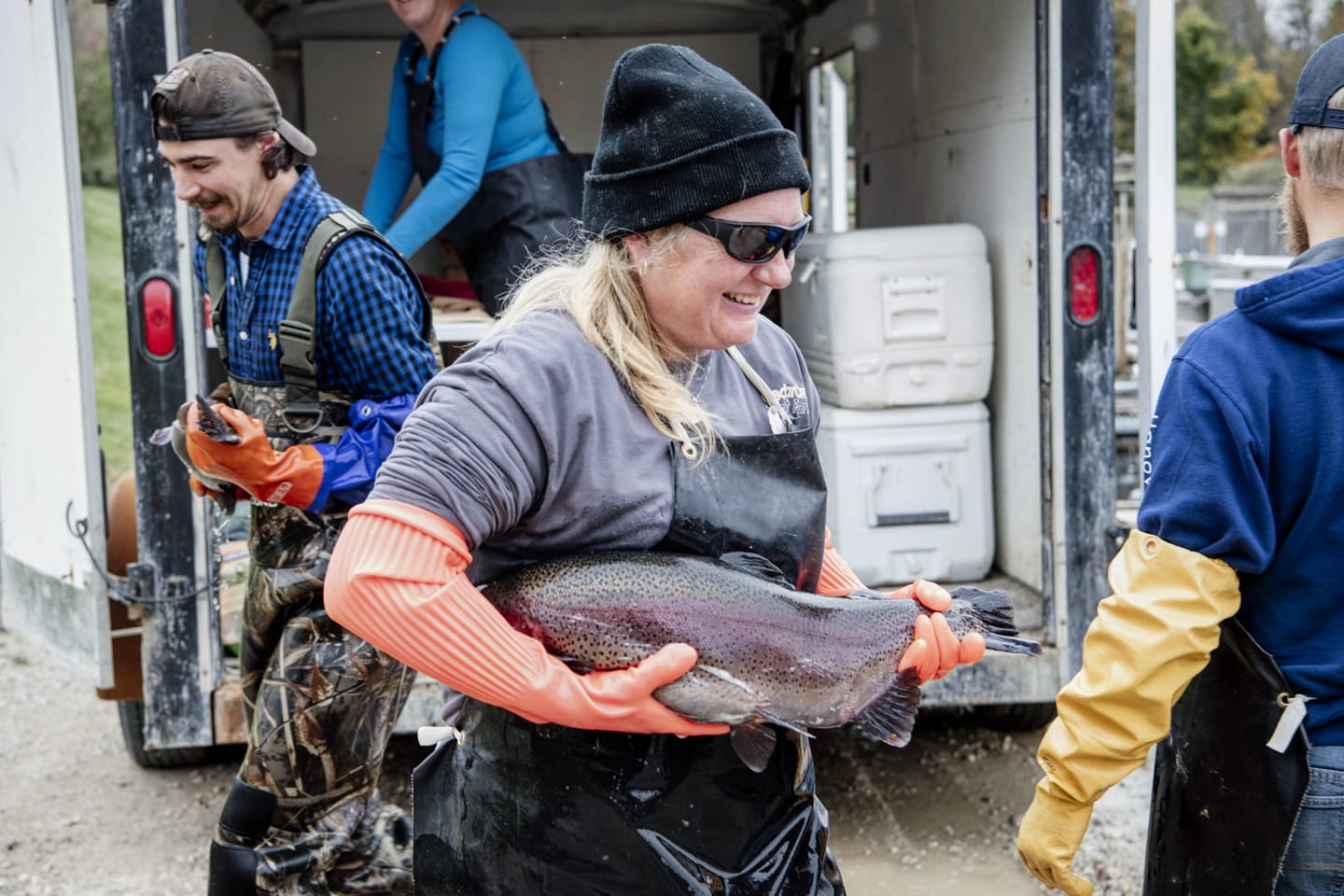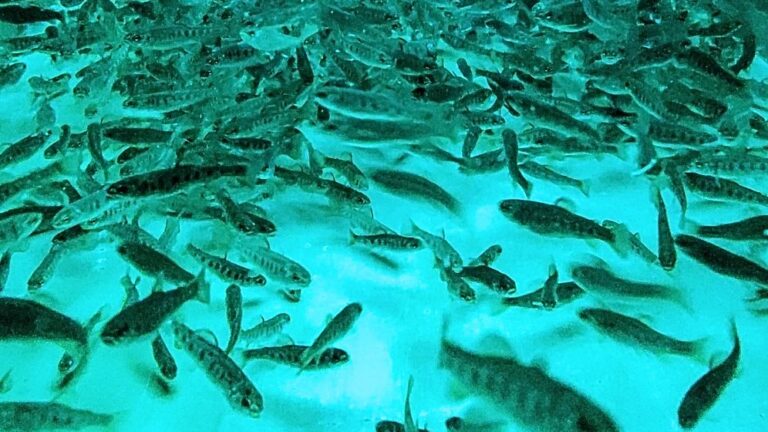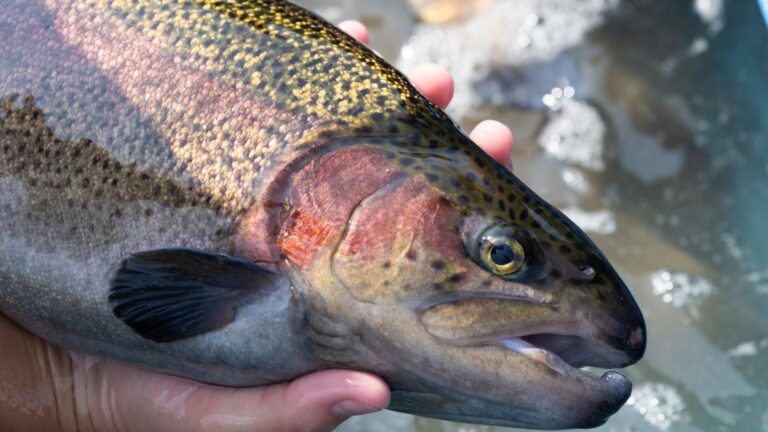
Rise and slime, it’s Springhills time!
You might not love fish slime, but it’s a multifunctional marvel of nature!
Here’s why we (and our fish) think it’s slick:
![]() Fast and the fish-urious — It reduces friction so the fish can glide effortlessly, cutting drag by up to 65%!
Fast and the fish-urious — It reduces friction so the fish can glide effortlessly, cutting drag by up to 65%!
![]() Natural protection — It’s packed with enzymes and antibodies that repel bacteria and speed up healing, like a built-in bandage.
Natural protection — It’s packed with enzymes and antibodies that repel bacteria and speed up healing, like a built-in bandage.
![]() No tan lines (just slime lines!) – It’s built-in sun protection, like when the fish are near the surface hunting bugs.
No tan lines (just slime lines!) – It’s built-in sun protection, like when the fish are near the surface hunting bugs.
![]() Slime and dine? No thanks. – Some biologists think slime evolved to taste bad or feel gross—so predators think twice before biting!
Slime and dine? No thanks. – Some biologists think slime evolved to taste bad or feel gross—so predators think twice before biting!
![]() Hangover cure – Slime helps fish hold onto essential nutrients like sodium and potassium. If us lowly humans had that, it’d be a built-in hangover cure (for, you know.. when we drink like a fish!)
Hangover cure – Slime helps fish hold onto essential nutrients like sodium and potassium. If us lowly humans had that, it’d be a built-in hangover cure (for, you know.. when we drink like a fish!) ![]()
![]()
![]() Fountain of youth? – Our dad always joked that fish slime was his secret to looking 10 years younger. We can’t promise skincare miracles, but hey — nature works in mysterious ways!
Fountain of youth? – Our dad always joked that fish slime was his secret to looking 10 years younger. We can’t promise skincare miracles, but hey — nature works in mysterious ways!
We harvest, fillet, rinse, vacuum-pack, and freeze your fish in under 5 hours. That speed means a bit of water can mix with the natural slime, making it more noticeable—but don’t worry, it’s a sign of freshness, not spoilage.
Fish slime only affects flavor if it’s been sitting for a week or more. Since your Springhills fish is frozen at peak freshness, you won’t taste a thing.
How to handle fish slime:
![]() Rinse – If there’s extra slime in the vac-bag, a quick rinse under cold water will remove it.
Rinse – If there’s extra slime in the vac-bag, a quick rinse under cold water will remove it.
![]() Scrape – For stubborn spots (especially on coho salmon), gently scrape the skin with a butter knife from head to tail.
Scrape – For stubborn spots (especially on coho salmon), gently scrape the skin with a butter knife from head to tail.
So next time you’re playing in the kitchen, just remember — slime flies when you’re having fun! ![]()


